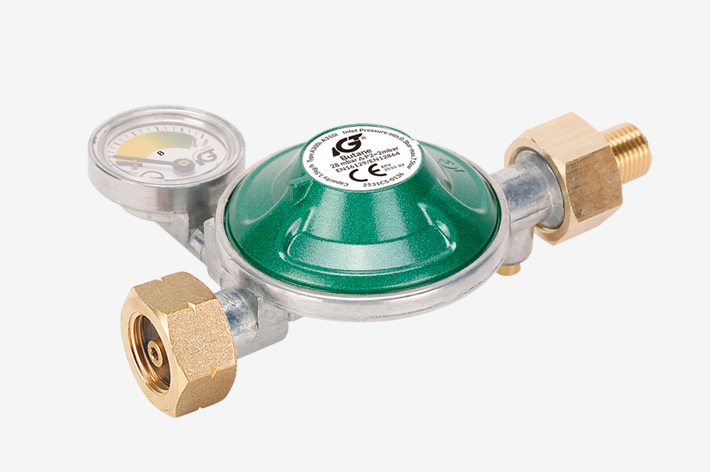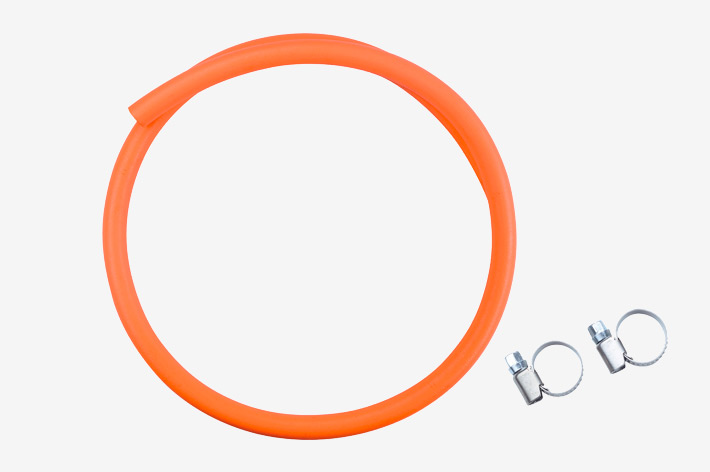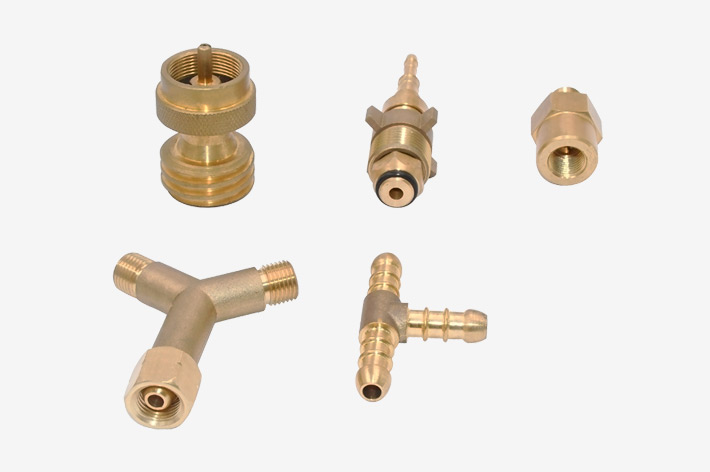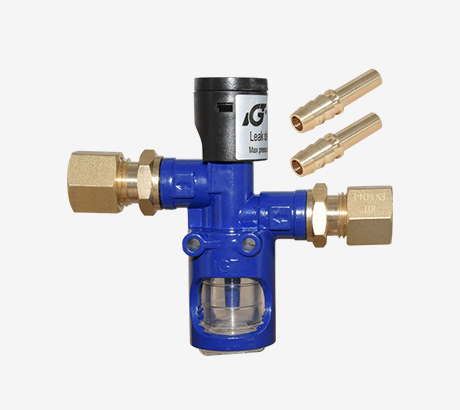When it comes to utilizing gas regulators, safety should always be the ultimate priority. Whether it is for residential or industrial purposes, understanding the different types of gas regulator connectors is essential in ensuring a secure and efficient gas supply. This article will explore the four common gas regulator connector types and emphasize the importance of safety when using them.
Threaded Connectors
Threaded connectors are one of the most commonly used types of gas regulator connectors. They consist of male and female parts that securely screw together to create a tight seal. These connectors are available in various thread sizes and types, such as NPT (National Pipe Thread) and BSP (British Standard Pipe). When using threaded connectors, it is crucial to ensure that the threads match correctly to avoid leaks or accidents.
Quick Connectors
Quick connectors provide a convenient and efficient way to connect gas regulators. These connectors feature a push-to-connect system that allows for easy and fast installation and removal. Quick connectors are commonly used in applications where frequent disconnection is required, such as portable gas appliances or temporary gas connections. However, it is important to follow the manufacturer's instructions and safety guidelines to prevent any accidental disconnections that could lead to gas leaks.
Compression Connectors
Compression connectors are another type of gas regulator connector that utilizes a compression fitting to create a secure connection. These connectors consist of a nut, a compression ring, and a ferrule. The nut is tightened, compressing the ring and ferrule against the tubing or pipe, forming a reliable seal. Compression connectors are commonly used in gas distribution systems and require proper installation and tightening to ensure a leak-free connection.
Flared Connectors
Flared connectors are widely used in gas systems that require high-pressure applications. These connectors feature a cone-shaped fitting that creates a seal when tightened against the flared end of a pipe or tubing. Flared connectors provide a robust and reliable connection, making them suitable for various gas distribution systems. However, it is crucial to ensure that the flared end and connector are compatible to prevent any potential leaks or accidents.
Safety First: Tips for Using Gas Regulator Connectors
Proper Installation: Always follow the manufacturer's instructions when installing gas regulator connectors. Improper installation can lead to leaks or other potential hazards.
Regular Inspections: Regularly inspect your gas regulator connectors for any signs of wear, damage, or leaks. Replace any connectors that show signs of deterioration.
Use Correct Connectors: Ensure that the gas regulator connectors you are using are compatible with the specific gas system and regulations in your area. Using incorrect connectors can result in leaks or other safety hazards.
Tighten Properly: When connecting gas regulator connectors, ensure that they are tightened securely but not overtightened. Over-tightening can damage the connectors and compromise the seal.
Seek Professional Assistance: If you are unsure about installing or using gas regulator connectors, it is always best to seek professional assistance. Gas systems can be dangerous, and it is crucial to prioritize safety at all times.
Understanding the different types of gas regulator connectors and prioritizing safety when using them is of utmost importance. Whether it is threaded connectors, quick connectors, compression connectors, or flared connectors, following proper installation procedures and regularly inspecting for any signs of wear or damage can significantly reduce the risk of accidents or gas leaks. By prioritizing safety, you can ensure a reliable and secure gas supply for residential or industrial purposes.

 中文
中文 






